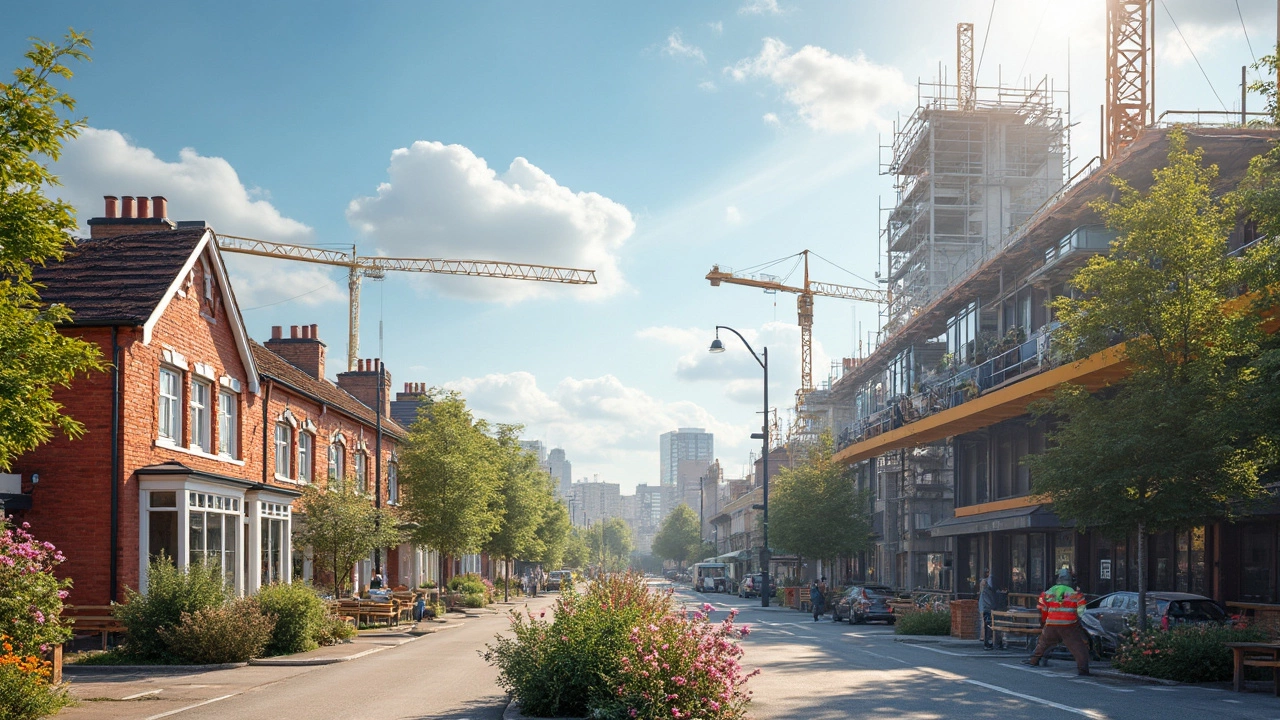Building Expenses Explained – Simple Guide to Budgeting Your Construction Project
Thinking about a new build, a kitchen remodel, or a big extension? One thing’s for sure – the numbers add up fast. Understanding exactly what you’ll spend and why helps you avoid nasty surprises and keeps the project moving smoothly.
What Makes Up Building Expenses
Most people assume the biggest chunk is just the bricks and mortar, but a typical construction bill looks more like a pizza with many toppings:
- Materials: Concrete, timber, tiles, windows, fixtures – the stuff you can see and touch.
- Labor: Tradespeople’s wages, overtime, site supervision, and any specialist crews.
- Design & Planning: Architect fees, engineering checks, and drawing revisions.
- Permits & Inspections: Council fees, building control approvals, and any mandatory tests.
- Equipment & Site Costs: Scaffolding hire, waste removal, temporary utilities, and site security.
- Contingency: The safety net for unexpected issues – hidden services, weather delays, or design tweaks.
When you add all these up, you get a realistic picture of your total outlay. Ignoring any of them can turn a well‑planned budget into a nightmare.
Smart Ways to Manage Your Construction Budget
Now that you know what you’re paying for, here are some practical steps to keep costs under control:
- Start with a detailed quote: Get written estimates from at least three reputable contractors. Break the quote down line‑by‑line so you can compare apples to apples.
- Use a budgeting spreadsheet: List every cost category, add a 10‑15% contingency, and track actual spend as the work progresses. Seeing the numbers change in real time stops overspending before it happens.
- Prioritise must‑have items: Decide early which finishes are non‑negotiable and which can be downgraded if the budget tightens. For example, you might choose a mid‑range tile now and upgrade later.
- Shop smart for materials: Compare supplier prices, watch for clearance sales, and consider bulk buying for items like bricks or insulation.
- Plan for the unexpected: Weather delays, hidden pipework, or undocumented site conditions are common. Your contingency fund should cover these without forcing you to halt work.
- Communicate regularly with the builder: Weekly check‑ins keep everyone aligned. If a cost starts to creep, you can negotiate alternatives before the change order becomes permanent.
Remember, the cheapest quote isn’t always the best. A low price can hide gaps in insurance, poor workmanship, or missing permits – all of which cost more in the long run.
Finally, keep the paperwork organized. Store contracts, invoices, and change orders in one folder (digital or physical). When the project ends, you’ll have a clear record for warranties, future resale, or any disputes.
Bottom line: building expenses are more than just a price tag; they’re a roadmap. By breaking down each cost, budgeting realistically, and staying on top of the numbers, you’ll finish your project on time, on budget, and with the quality you expect.


